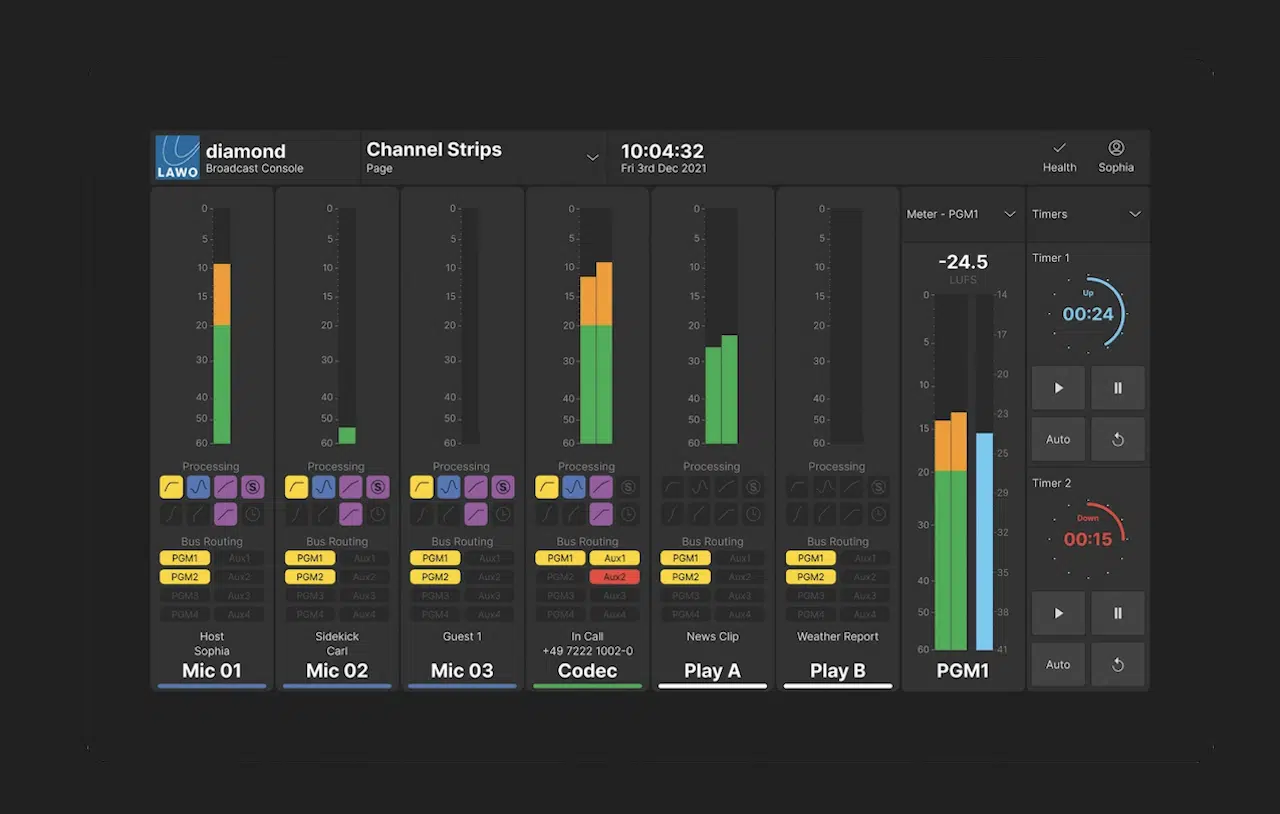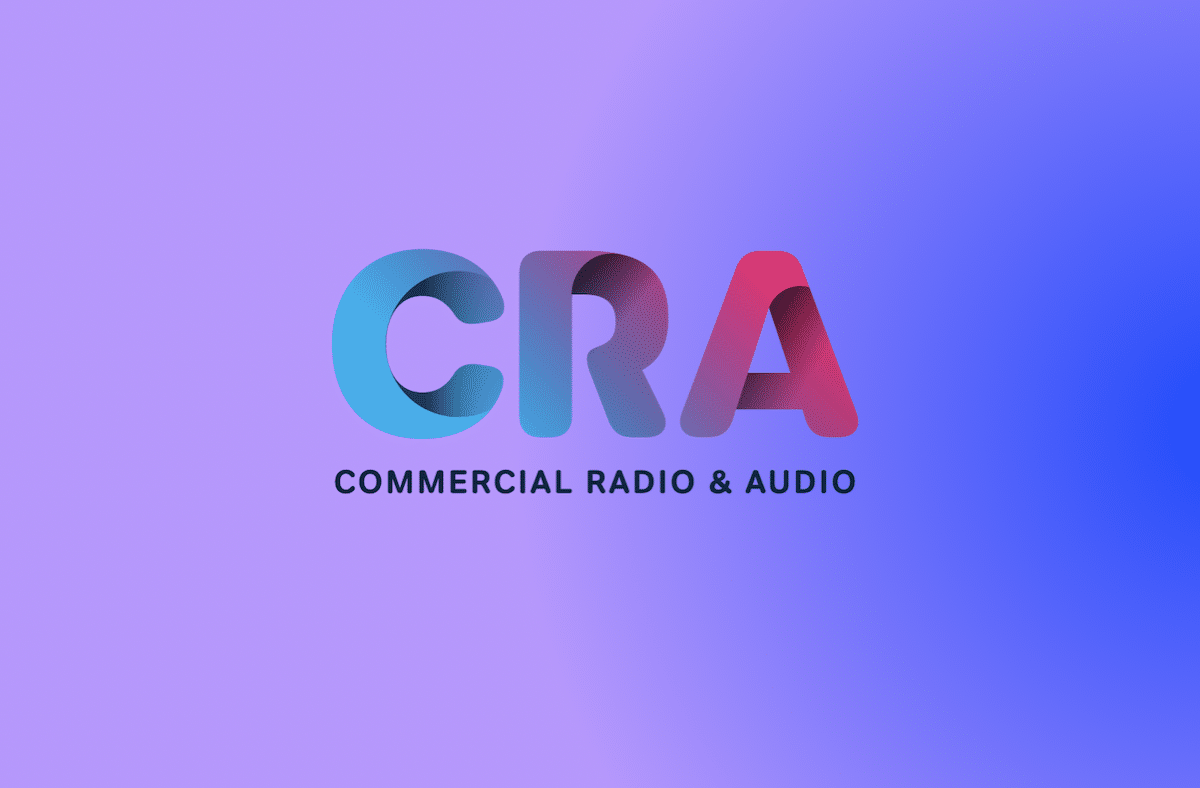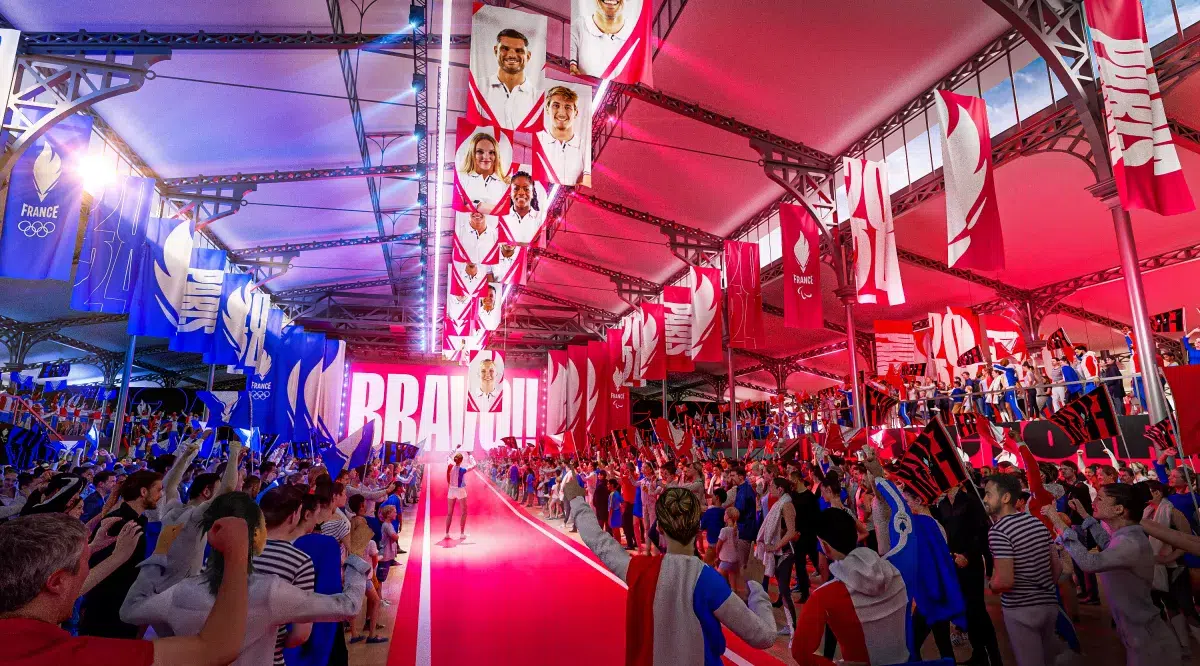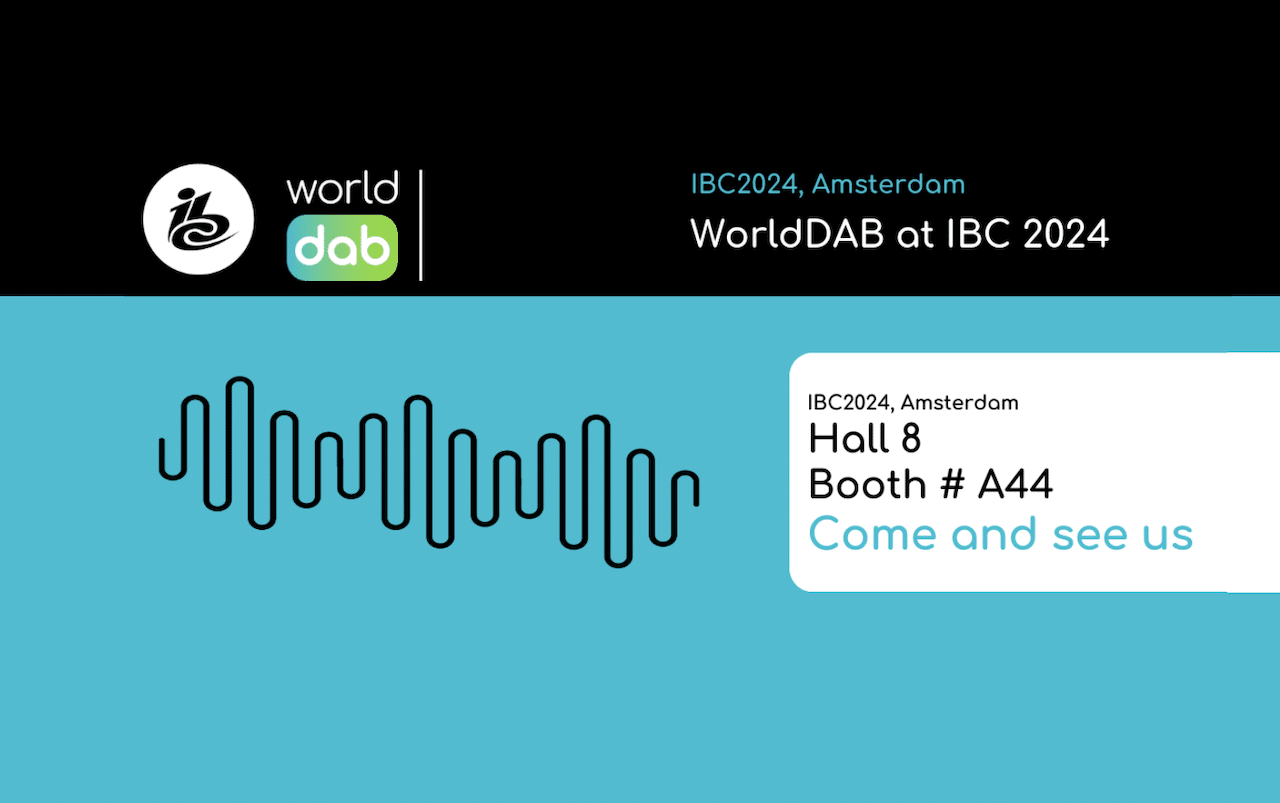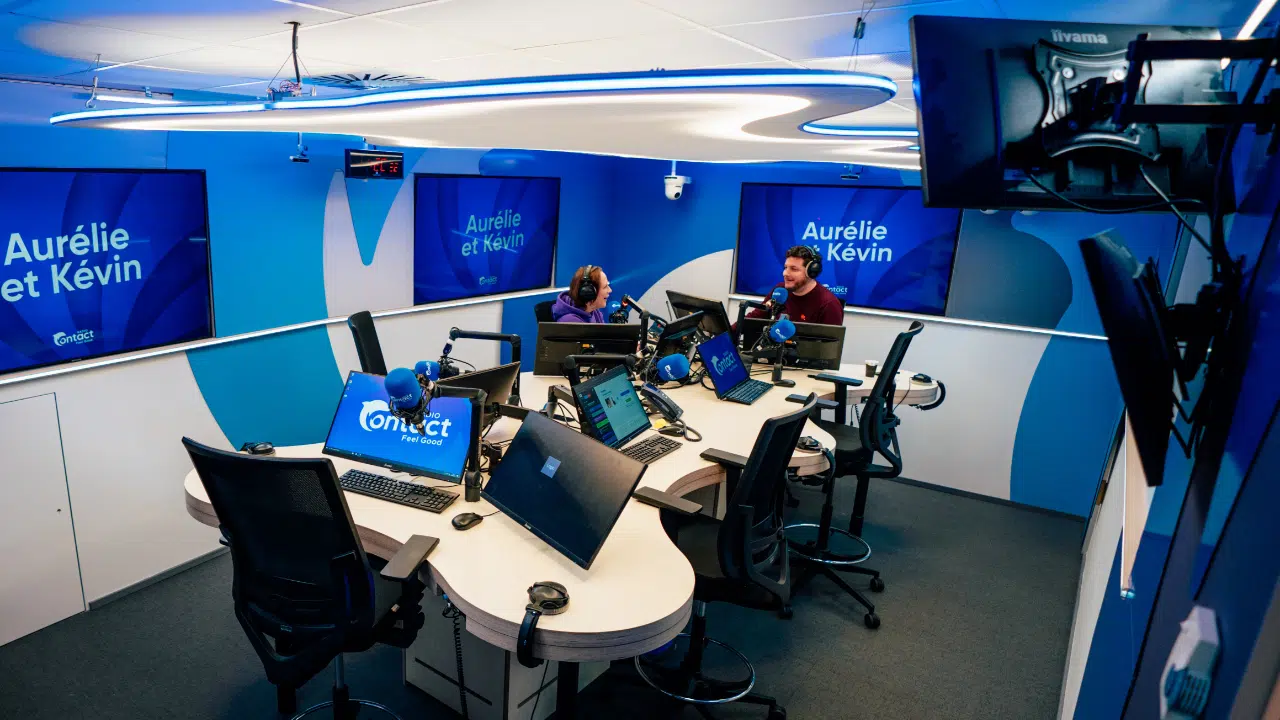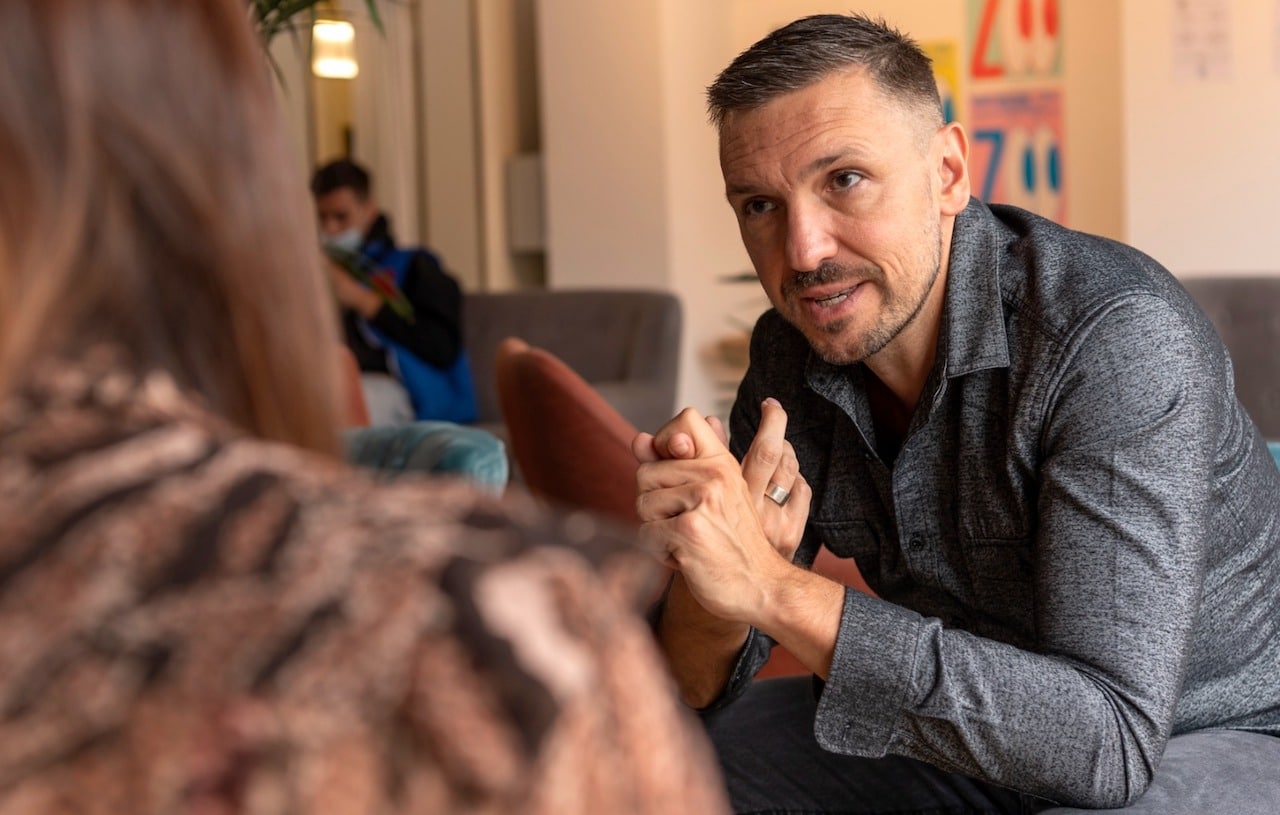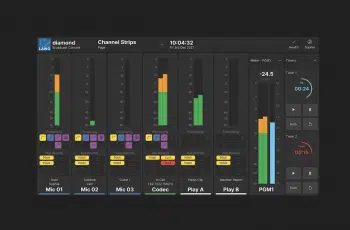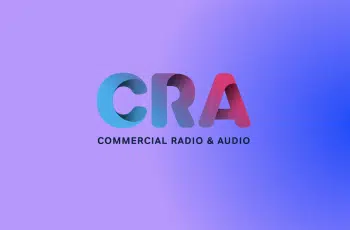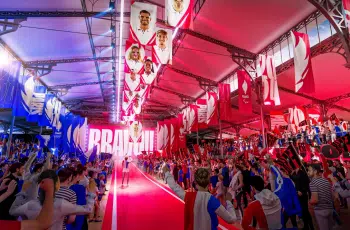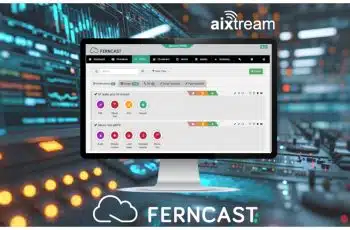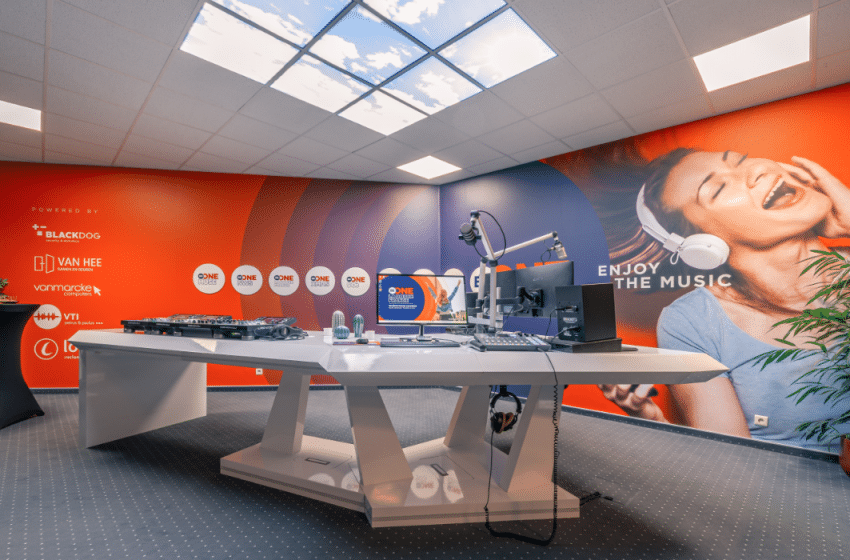
OSTEND, Belgium — Be One radio started broadcasting in Ostend five years ago as a local FM station serving the central and eastern parts of the Belgian coast. The station offers a pop rock format spanning the 1980s and 1990s, local news and coastal weather forecast. Be One employs a staff of 15.
In January, Be One radio moved to its new headquarters, close to the iconic Mercator three-masted barquentine ship. It built a brand-new multifunctional on-air studio.
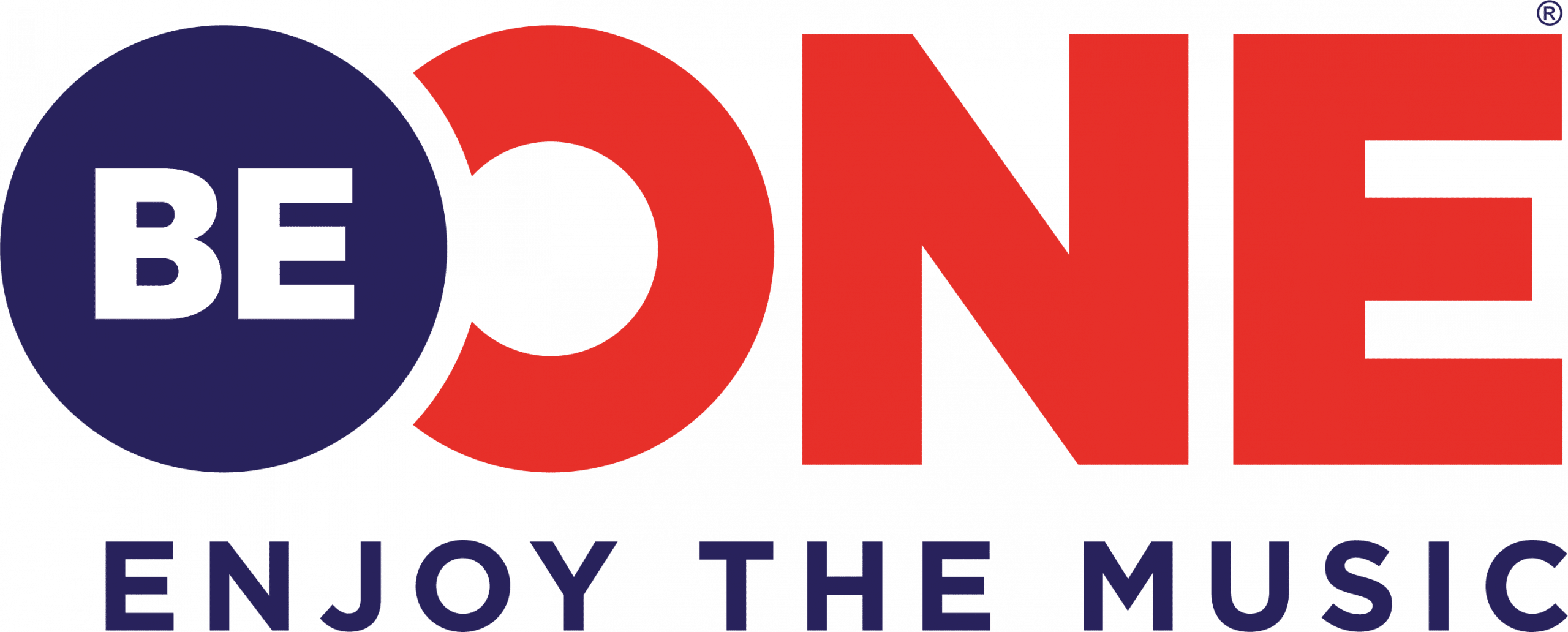
The studio is on a vast ground floor that comprises offices, a meeting room and a reception hall. “This huge meeting venue enhances interaction with our team and audience,” explains Be One radio engineer Geert Delanghe. “The project goes beyond radio, with room for interviews, small concerts, a live DJ booth in the on-air studio and voice-track recording. Visual contact between the on-air studio and the spacious meeting room opens perspectives for multiguest interviews.”
“With national broadcasters axing their regional and local content, we are focusing on local news, interaction and events,” says Geert De Lombaerde, CEO of Be One. De Lombaerde is publisher of the regional print publication OMAG and Gent Citymagazine and enjoys an extensive network with contacts in the business and cultural sectors.
Local school lends a hand
Delanghe designed the new on-air studio and furniture. “Once the draft was approved, we took it to the campus of the VTI school here in Ostend. In the last year of their education, students must deliver a school graduation project,” says Delanghe. “We digitized the building schemes, and the students took on the challenge. The new furniture had to be stable and ergonomic without visual cabling and with LED lighting in the desk. After prototype approval, the students began building the wood furniture. Last January, the studio presentation desk was finalized and won a national carpentry award!”
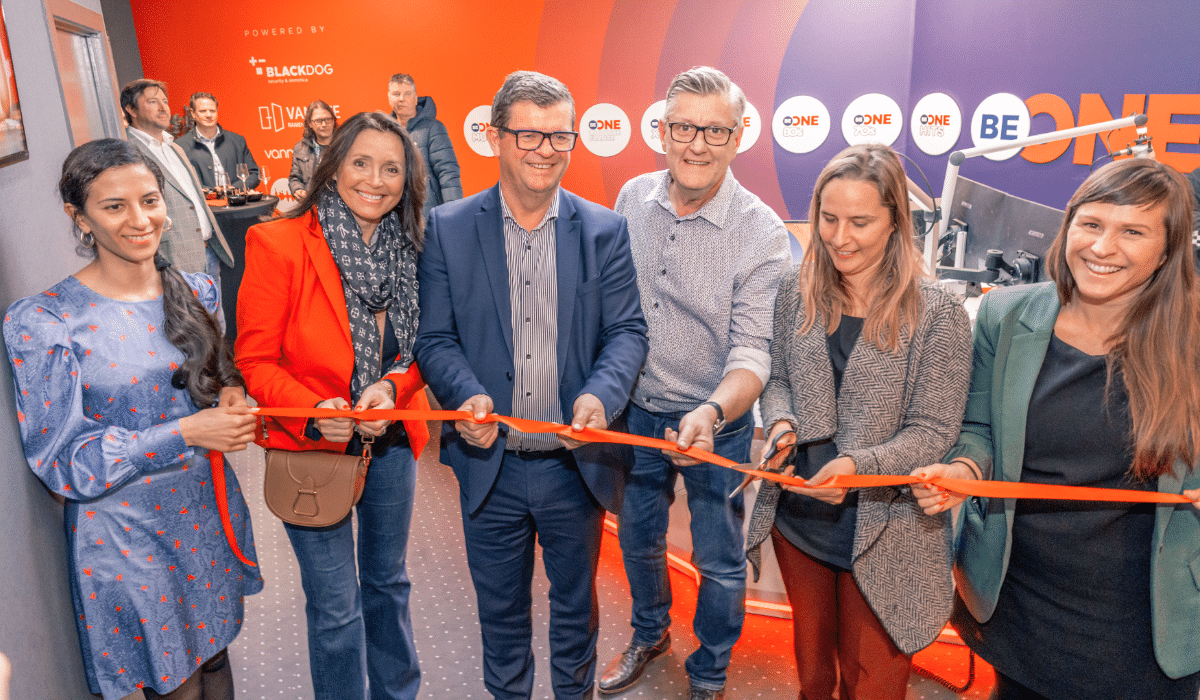
Be One’s on-air studio has a pentagonal shape, requiring specialized acoustics. The ceiling is covered with acoustic panels and, combined with the studio’s dedicated carpeting, produces a fine balance between sound absorption and reflection.
Once the new furniture was in the studio, Delanghe and studio technicians Alain Demey and Yorne Delanghe took on the cabling and integration of the technical equipment. “The brief was the newest technology, well thought-out and user-friendly,” Delanghe continues. “We also prepared the cabling for future fiber connections, making the complete airchain path fully digital.” They also cabled the studio for visual radio options. “Throughout the project, we decided to avoid wireless transmission wherever possible. Cable connections offer better stability than Wi-Fi or Bluetooth.”
Sunny in the studios
The studio’s ceiling features an LED display depicting a sunny sky. Nine LED screens are in place for the station’s branding, specific themes or campaigns.
With multifunction use as a key element in the project, Be One opted for a D&R Airence digital console with VoIP. “The Airence is exactly what we need,” explains Delanghe. “Alongside the on-air broadcasts, we use it to schedule our commercials and station jingles and record voice tracks and interviews.”
The project goes beyond radio, with room for interviews, small concerts, a live DJ booth in the on-air studio and voice-track recording.
Geert Delanghe, Be One radio engineer
In addition to the main console, Be One also uses a RødeCaster Pro console to record interviews via telephone using the D&R’s built-in telephone hybrids or VoIP.
“We opted for a Neumann BCM 104 and two Røde Procaster microphones plus two professional Shure BRH50M headsets for guest interviews in the on-air configuration, with four extra dynamic Røde PodMic microphones for future expansion in the meeting room,” Delanghe says. “We use a pair of KRK Rokit 5 RP5 G4 studio monitor speakers because of their warm sound.”
With Be One radio broadcasting on two frequencies (107.4 FM and 105.6 FM), online, via the station’s app and producing eight streaming channels — Be One Hits, Be One Muse, Be One 70s, Be One 80s, Be One Xmas, Be One 90s, Be One France and Be One Kust — the station required a solid backbone.
Three powerful NUC engines manage both the FM signal and streaming channels. The NUC PCs all have the mAirlist Radio Automation 7.1 playout software onboard. The combination of the D&R console and RødeCaster Pro mixer sends the audio signal to a NUC PC equipped with the mAirlist playout and Thimeo Stereo Tool 8.4. software. Connection to the server for the online channels and FM transmitter sites is via a dedicated internet connection. The station plans to replace that with fiber connections.
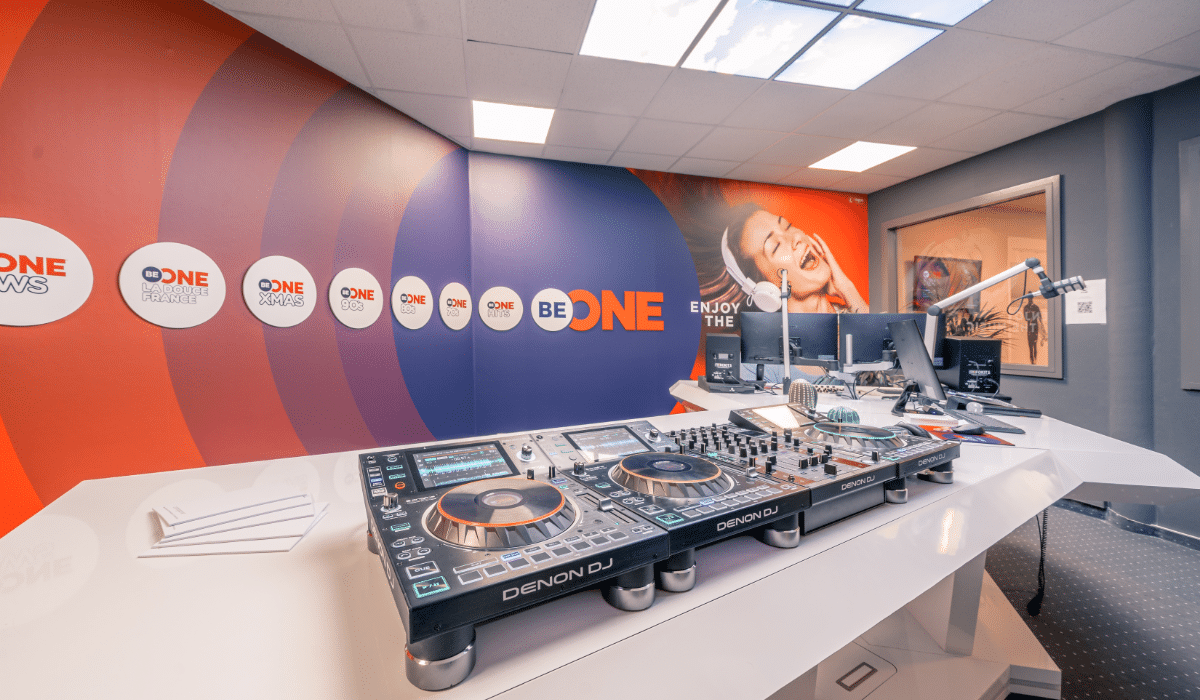
Be One’s two transmitters cover a major part of the Belgian coastline: a Neetra Mizar 300 with an Aldena ACG.01.02.23 X Circular antenna in Ostend and, in Wenduine, a Neetra Mizar 300 with an Aldena Omnidirectional Radiation ASD.01.02 antenna. “The Ostend antenna sits at a height of 87 meters on a nearby building, providing excellent FM coverage,” says Delanghe. “When we transition to a fiber network with Viber Media’s Viber, it will allow us to transmit audio, video messages, chats and pictures.”
De Lombaerde says that entering the DAB+ network is currently not an option. “Local DAB+ coverage is too small, and national DAB+ is expensive for a local station. That’s why we are focusing on digital radio via smartphone. With 5G waiting to explode, people will want to listen on just one device.
Be One wants to reinforce its local presence. After VRT — the public broadcaster of the Flemish community in Belgium — stopped its regional radio news service, De Lombaerde invested in the station’s content and program. “Regional radio is more than airing music. We’re focusing on local radio programs and plenty of regional news,” he says. “Be One also offers a coastal weather forecast and international news, supplied by news agency Belga.”
“We opted for an experienced new presenter in veteran radio DJ, actor and musician Dieter Troubleyn for the weekday 10 a.m. to midday show,” adds De Lombaerde. Also new is Jeroen Vercruysse, who presents the daily lunch-hour regional news program between midday and 1 p.m.
Be One also uses a mobile studio set-up for outside broadcasts for events like Open Monuments Day. “That’s one of our targets in the months to come, being close to our audience,” concludes De Lombaerde. “Next year, we want to carry out ‘coastal’ audience research — we’re currently preparing the project with media expert Koenraad Deridder.”
The author reports on the industry for RedTech from Antwerp, Belgium
More from Belgium:
DAB+ pilot project begins in East Belgium
Belgium: Nostalgie changes name
German-speaking Belgium gets green light for DAB+



